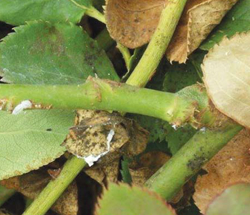 As the COVID-19 pandemic ravaged every industry and all walks of life, the international cut flower trade showed remarkable resilience and, at some point, unexpected outcomes.
As the COVID-19 pandemic ravaged every industry and all walks of life, the international cut flower trade showed remarkable resilience and, at some point, unexpected outcomes.
During that period, both importers and exporters faced incredible challenges: the lockdowns imposed by governments in the majority of countries restricted staff from working and made sourcing supplies difficult; transporting flowers to shipping and distribution points became almost impossible; airfreight diminished and prices rocketed; expansion plans and innovative projects were put on hold. And yet, flower demand remained stable and even increased, flower suppliers delivered, and the industry has remained healthy in general terms. As the world slowly reopens and activity resumes worldwide, we analyse lessons learned and emerging trends.

 Water – The Defining Crisis of the TwentyFirst Century’
Water – The Defining Crisis of the TwentyFirst Century’
 Mealybugs are insects in the family Pseudococcidae and they are found in moist, warm habitat. Many of the common species are in the Pseudococcus and Planococcus genera.
Mealybugs are insects in the family Pseudococcidae and they are found in moist, warm habitat. Many of the common species are in the Pseudococcus and Planococcus genera.




 This Valentine’s Day many people bought flowers for their significant other without a lot of thought as to where those flowers came from. International trade, however, has a huge part to play in keeping the UK’s florists stocked with fresh cut flowers.
This Valentine’s Day many people bought flowers for their significant other without a lot of thought as to where those flowers came from. International trade, however, has a huge part to play in keeping the UK’s florists stocked with fresh cut flowers.